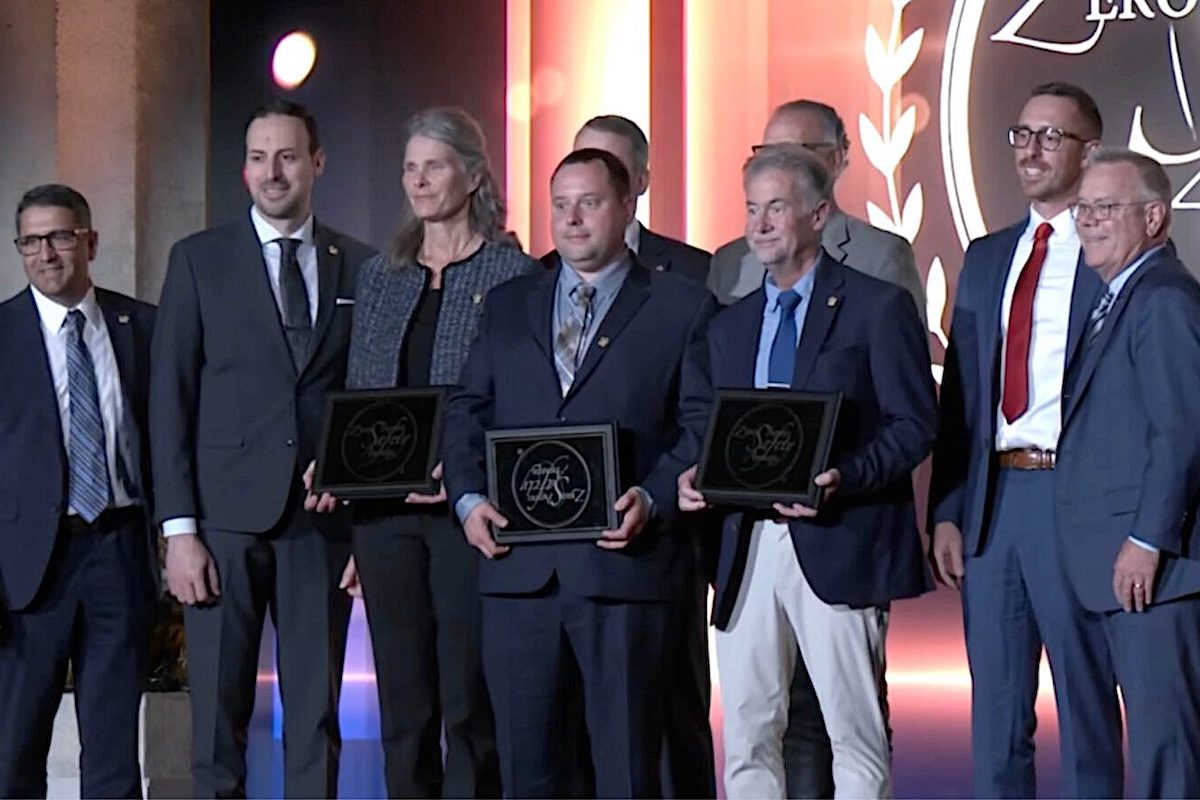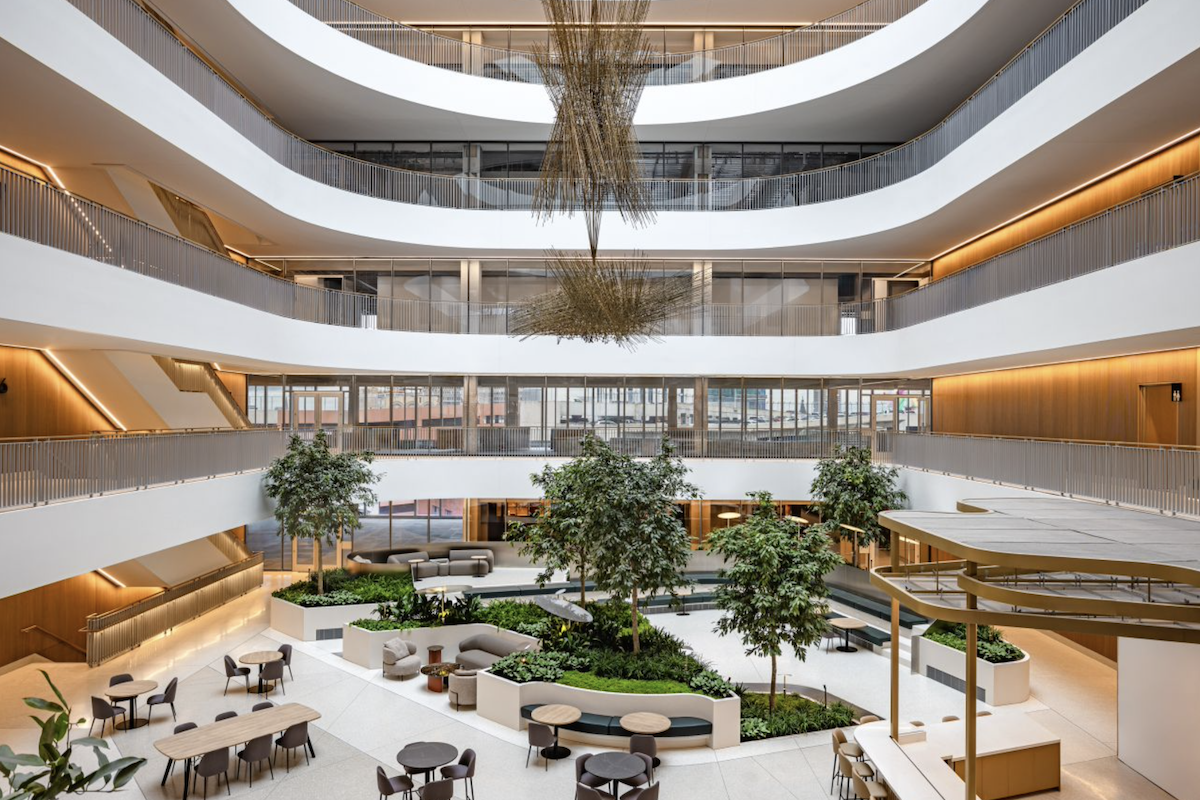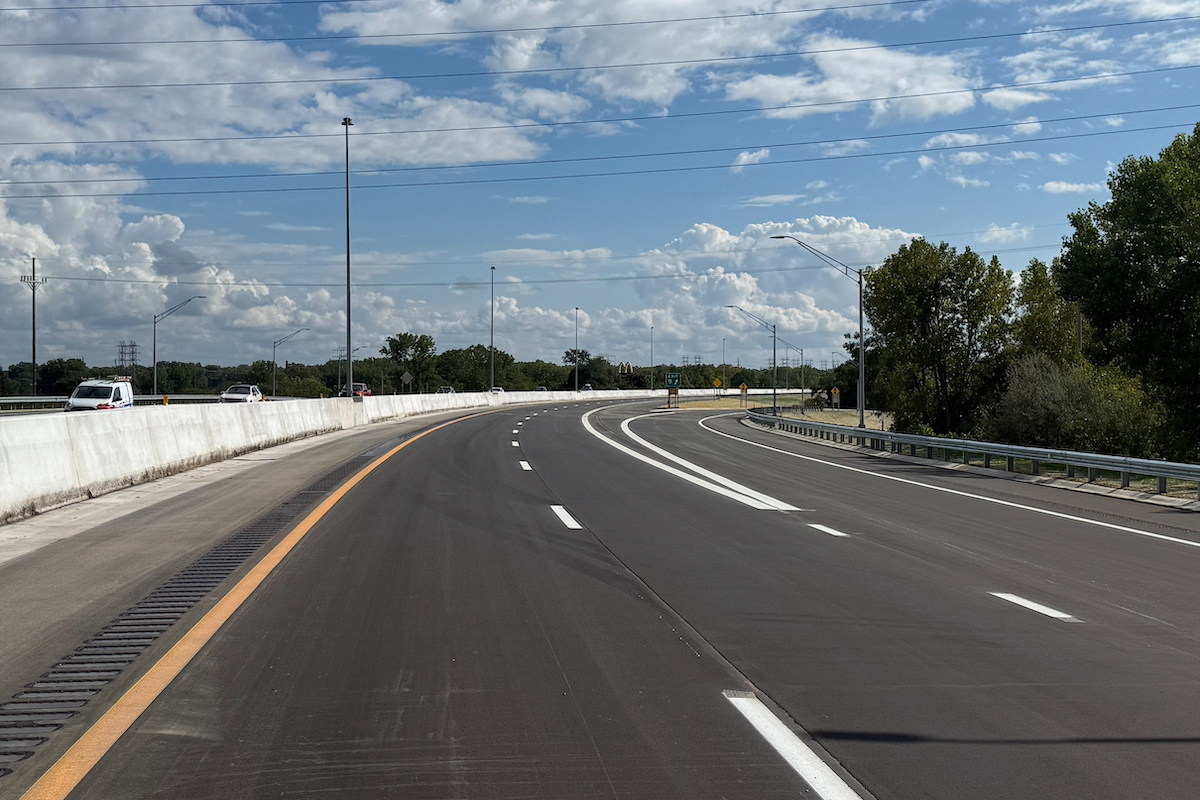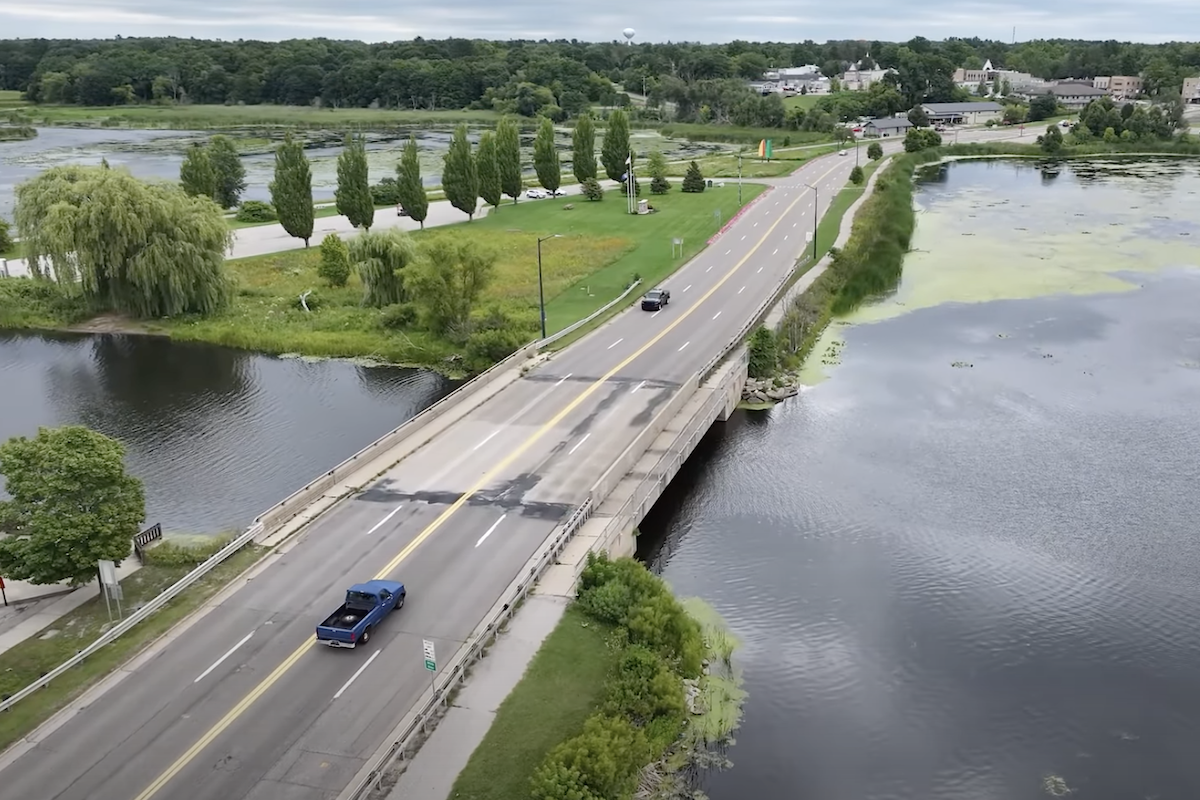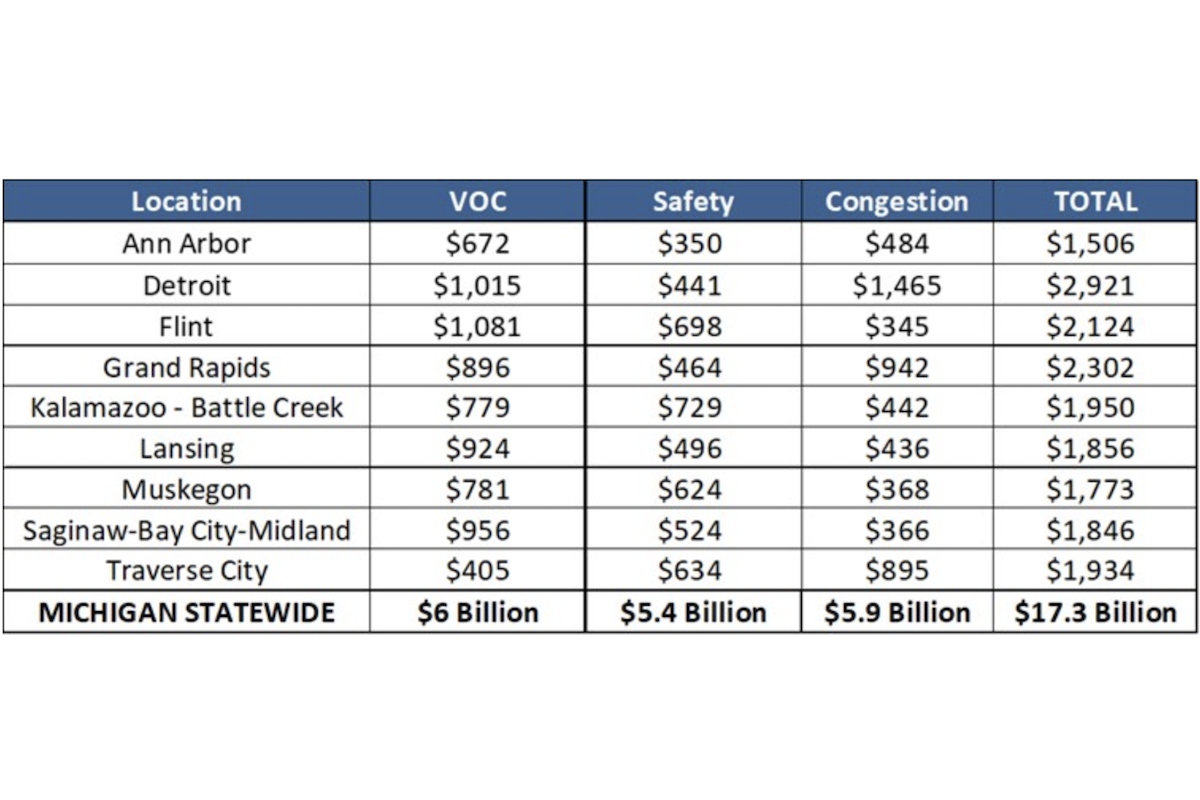Benedict has dedicated his career to understanding the connection between people and places. As a principal at MKM, he has managed numerous projects ranging from critical access hospitals to public libraries. In addition to his architectural work, Benedict manages the firm's research initiatives and hosts Health is Membership, a video series by MKM exploring the connection between placemaking and well-being.
With an extensive background in urban sociology, Benedict is considered one of the leading voices in the "Lifetime Community" movement, focusing on the socio-economic benefits of age-friendly neighborhoods. Through these efforts, he has lectured internationally on numerous topics, engaging in discussions that focus on encouraging communities to reevaluate the importance of inclusive civic space.
In acknowledgment of his work, the American Institute of Architects (AIA) recognized him with the Young Architect Award in 2015. Additionally, Ball State University's College of Architecture and Planning Alumni Society recognized him with the Alumni Award for Outstanding Achievement. He is the youngest individual to ever receive this award. Most recently, Benedict was recognized as The Journal Gazette’s 2022 Citizen of the Year for his far-reaching impact on the Fort Wayne community.
Benedict sat down with Building Excellence to share the lessons he learned throughout his career and explore potential challenges ahead for architects.

| Your local Trimble Construction Division dealer |
|---|
| SITECH Michigan |
Where did you grow up? Why did you choose a career in architecture?
I grew up in Indiana. Most architects, if you ask them, will tell you that they wanted to be one since they were four or five years old. I think it's one of those professions that when you express some interest in, no one talks you out of it. So, I’ve wanted to be an architect since kindergarten.
What lessons have you learned in your professional life to date?
Probably something related to the importance of empathy. In the work we do, we spend a lot of time trying to help clients think through what sometimes seem like unsolvable problems. We tend to work with people who deal with health and well-being (in settings like hospitals and senior living facilities), so they are doing really important work. When they engage someone like us, it's a chance to redefine the problem.
We ask, ‘how can the new building help?’ and, ‘how was the old building getting in the way?’ To answer those questions, I think you need a real sincere interest in being empathetic to the actual problem they are trying to solve and to spend less time worrying about legitimizing your profession – in our case, as architects – and be much more interested in their problem. Over the years, our firm has gotten better at trying to understand what that means and encouraging our staff to understand how that behavior can change the course of a project to better serve our clients.

| Your local Deere & Co dealer |
|---|
| AIS Construction Equipment |
How does your recent appointment to President of MKM architecture + design impact the firm and its clients?
There is clarity while we continue to grow. Over the last year, we opened a satellite office in Indianapolis, relocated our headquarters in Fort Wayne, and embraced this idea of working remote. As we continue to expand this collaborative culture and spread our footprint, we thought it was important to have a singular voice to retain some clarity. The real hope is that this preserves a unified vision of the future and keeps the team focused on a shared common set of values.
Do you anticipate challenges arising for the architecture industry in the next five to 10 years?
I think the profession is in danger of being perceived as a commodity. Construction managers are getting more sophisticated and are doing great work trying to shepherd clients through planning and design. I think that has left a lot of architecture firms wondering how they define their value.
For us, that opportunity is met and responded to with the hope that we can help solve problems that others cannot. Our value proposition is in articulating and communicating a more accurate depiction of the challenges facing clients and how they might be addressed in an effective and interesting way, and then building teams around the clients and their issues to help solve those.

| Your local Trimble Construction Division dealer |
|---|
| SITECH Michigan |
Architecture is notorious for being RFP-focused, where selection is determined by past work. However, in interviews, we rarely show pictures of past projects. Because to us, those were creative solutions to another person's problems that might not have anything to do with what you're dealing with. What we will talk about is issues: ‘Here's how we see the problem. Here's how we see the hurdles. Here is where I think your organization might struggle.’ We try to understand how to future-proof them in some way and spend our energy empathizing with their current realities and future opportunities instead of legitimizing our past successes.
The danger is in not embracing your role as a critical thinker. We, in some ways, are trying to leave behind the stigma of wanting to be this glorified artist that the Beaux-Arts-style architect was for generations. It’s just a different value proposition in the current market.
Do you think anything will be different about the methods used by architects to design healthcare facilities 10 to 20 years from now? Have you seen an evolution in healthcare design since you started your career?
Popular culture references will tell you that in 20 years, artificial intelligence will be constructing buildings, and everything will be 3D printed on site. That might be true, but we haven't seen a lot of that in real practice over the last 20 years.
What I can tell you has been a change and what I think will continue to evolve is the priority and value of speed to market. Because of the profit margins in healthcare, the changes in reimbursements, jurisdictional approvals, code compliance, all these complicated things – the faster you can open a project, the better. Not only for the healthcare industry, but also the patients. Speed becomes really important. You can only help someone run faster so much before that's just as fast as they can run. So, I think understanding that intelligence and expertise equates to speed is really what we've seen in our industry.

| Your local Trimble Construction Division dealer |
|---|
| SITECH Michigan |
We have 25 people in this office with 25 different obsessions and areas of expertise. And they need to have a narrow focus in that one very unique thing because when that project arises and the client needs this thing to be open as soon as possible, you don't have the luxury of learning in the moment. That window of allowable learning curve just gets smaller and smaller over time.
I think what you will see over the next couple of years, even in rural sectors – which is where we do a lot of our work, is that the need to understand financial sustainability and show a sensitivity to budget is going to continually demand a faster and more refined product. And the only way you're going to get there is to be better critical thinkers and more intelligent about all the issues that surround a project, not just the brick-and-mortar complications of an addition or an expansion.
Is there anything else that you think people should know about you or MKM?
One of the things that we spend a lot of energy on is empowering clients to not only understand how to solve these problems, but also to tell their own story.
You will find a huge percentage of our projects end up challenging the mission or brand of an institution during the design of a project. It's rare for one of our clients to not change their logo during a project, because the whole process gets them thinking, ‘Is this who we are?’ and ‘Is this what we wanted to be when we grew up?’ They start thinking about that a little bit more deeply and begin using the building as an opportunity to pivot or change or refine that vision for themselves.

| Your local Trimble Construction Division dealer |
|---|
| SITECH Michigan |
So, a lot of what we do is not only critical problem solving, but it's storytelling and trying to understand how to empower clients as they work to achieve their goals. The building becomes their ‘why’ statement in some way.


















